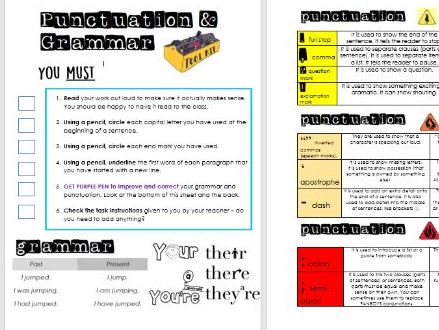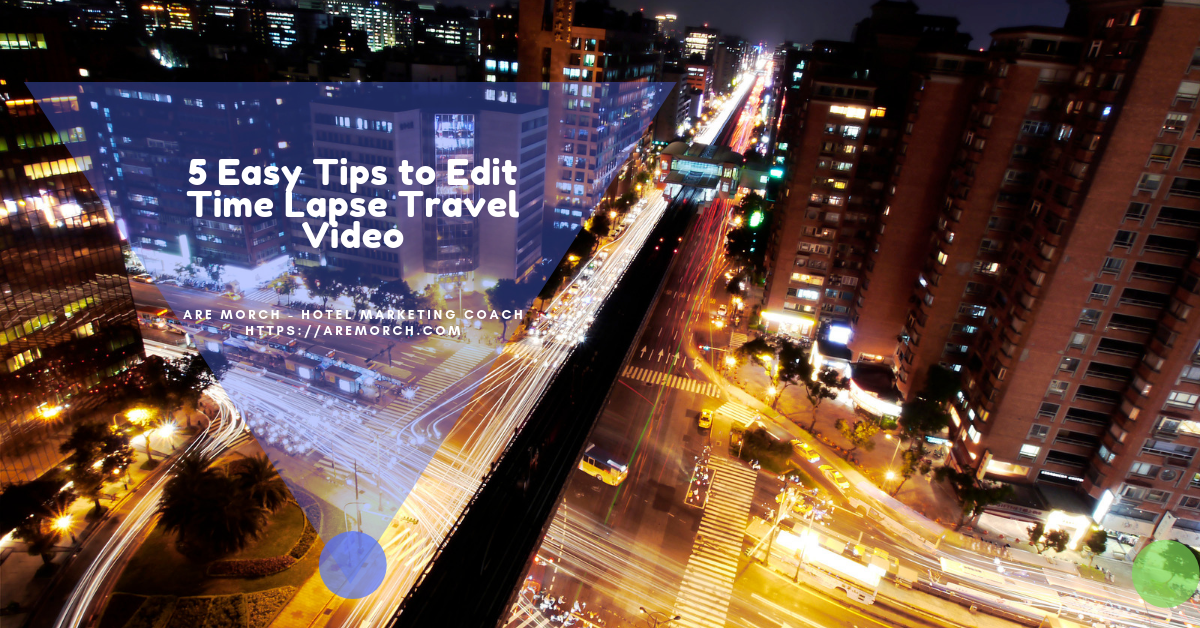“The Traveling Video Editor’s Toolkit: Essential Gear for Creative On-the-Go Editing
Related Articles The Traveling Video Editor’s Toolkit: Essential Gear for Creative On-the-Go Editing
- Beginner-Friendly Travel Videography Editing Apps: Tell Your Story On The Go
- DSLR Sunset Photography: Tips And Equipment For Stunning Shots
- Chasing The Golden Hour: Mastering Advanced Sunset Photography With Apps And Techniques
- GoPro Travel Photography: Tips And Destinations For Stunning Shots
- Unlocking The Art Of Creative Travel Photography With Your Camera
Introduction
Today, we’re excited to unravel an engaging topic: The Traveling Video Editor’s Toolkit: Essential Gear for Creative On-the-Go Editing. Together, we’ll uncover insights that inform, inspire, and open new perspectives for our readers.
Table of Content
The Traveling Video Editor’s Toolkit: Essential Gear for Creative On-the-Go Editing
In the world of travel videography, capturing stunning footage is only half the battle. The magic truly happens in the editing room, where raw clips are transformed into captivating stories that transport viewers to far-flung destinations. For the modern travel video creator, the ability to edit on the go is no longer a luxury but a necessity. This means assembling a travel-friendly video editing toolkit that balances power, portability, and creative potential.
This article explores the essential equipment for creative video editing while traveling, offering guidance on selecting the right gear to suit your specific needs and workflow.
I. The Heart of the Operation: The Laptop
The laptop is the cornerstone of any mobile video editing setup. It needs to be powerful enough to handle demanding editing software, large video files, and complex projects, yet compact and lightweight enough to fit comfortably in a travel bag.
A. Key Laptop Specifications:
- Processor (CPU):
- Minimum: Intel Core i5 (8th generation or newer) or AMD Ryzen 5.
- Recommended: Intel Core i7 (9th generation or newer) or AMD Ryzen 7.
- Ideal: Intel Core i9 or AMD Ryzen 9 (for 4K and higher resolution editing).
- Explanation: The CPU handles the heavy lifting of video processing, rendering, and effects. A faster CPU significantly reduces editing and export times.
- Graphics Card (GPU):
- Minimum: Integrated graphics (Intel Iris Xe or AMD Radeon Graphics).
- Recommended: Dedicated NVIDIA GeForce GTX 1650 or AMD Radeon RX 5500M.
- Ideal: NVIDIA GeForce RTX 3060 or higher, or AMD Radeon RX 6600M or higher (for demanding effects and 4K/8K editing).
- Explanation: The GPU accelerates video rendering, playback, and effects processing. A dedicated GPU is crucial for smooth editing of high-resolution footage and complex projects.
- RAM (Memory):
- Minimum: 16GB.
- Recommended: 32GB.
- Ideal: 64GB or more (for large projects and multitasking).
- Explanation: RAM allows your computer to handle multiple tasks simultaneously. Video editing is memory-intensive, and insufficient RAM can lead to lag and crashes.
- Storage:
- Minimum: 512GB SSD (Solid State Drive).
- Recommended: 1TB SSD.
- Ideal: 2TB or more SSD (for storing large video files and project assets).
- Explanation: SSDs offer significantly faster read and write speeds compared to traditional hard drives, resulting in quicker loading times and smoother editing performance.
- Display:
- Minimum: 15-inch, Full HD (1920×1080) resolution.
- Recommended: 15-inch or 16-inch, QHD (2560×1440) or 4K (3840×2160) resolution, with good color accuracy (100% sRGB or 72% NTSC).
- Ideal: 16-inch or larger, 4K OLED or Mini-LED display with wide color gamut coverage (100% Adobe RGB or DCI-P3).
- Explanation: A larger, higher-resolution display provides more screen real estate for editing and allows you to see more detail in your footage. Accurate color reproduction is essential for color grading and ensuring your videos look their best.
- Ports:
- USB-C (Thunderbolt 3 or 4) for fast data transfer and connecting external displays.
- USB-A for connecting older devices.
- HDMI for connecting to external monitors or projectors.
- SD card reader for importing footage from your camera.
B. Laptop Recommendations:
- High-End:
- MacBook Pro 16-inch (M1 Pro/Max/M2 Pro/Max): A powerhouse for video editing, with excellent performance, battery life, and a stunning display.
- Dell XPS 15 or 17: A well-rounded Windows laptop with powerful components and a beautiful display.
- Razer Blade 15 or 17: A gaming laptop that doubles as a video editing workstation, with a powerful GPU and a sleek design.
- Mid-Range:
- MacBook Air (M1/M2): A lightweight and portable option with surprisingly good performance for basic to intermediate video editing.
- Lenovo ThinkPad X1 Extreme: A durable and reliable Windows laptop with a powerful processor and dedicated graphics.
- HP Spectre x360: A versatile 2-in-1 laptop with a premium design and good performance for video editing.
- Budget-Friendly:
- Acer Swift X: A lightweight and affordable laptop with a dedicated GPU for basic video editing.
- ASUS ZenBook series: A range of stylish and portable laptops with decent performance for the price.
II. External Storage: Expanding Your Capacity
Video files are notoriously large, and even the largest laptop SSD can quickly fill up. External storage is essential for backing up your footage, storing project files, and freeing up space on your laptop.
A. Types of External Storage:
- External SSDs: Offer the fastest transfer speeds and are ideal for editing directly from the drive.
- External HDDs: More affordable than SSDs but slower. Suitable for backing up footage and storing less frequently accessed files.
- RAID Arrays: Offer the highest performance and redundancy but are typically larger and more expensive.
B. Recommendations:
- Samsung T7 Shield: A rugged and portable SSD with excellent performance and durability.
- SanDisk Extreme Portable SSD: A compact and lightweight SSD with fast transfer speeds.
- Seagate Portable HDD: A reliable and affordable HDD for backing up footage.
III. Color Accuracy: The External Monitor
While laptop displays have improved significantly, an external monitor with accurate color reproduction is essential for professional-level color grading.
A. Key Features:
- Color Gamut Coverage: Aim for 100% sRGB or 95%+ DCI-P3 coverage.
- Resolution: At least Full HD (1920×1080), but QHD (2560×1440) or 4K (3840×2160) is recommended for more detailed editing.
- Panel Type: IPS panels offer the best color accuracy and viewing angles.
- Portability: Look for a lightweight and slim monitor that can be easily transported.
B. Recommendations:
- Portable Monitors:
- ASUS ZenScreen series: A range of portable monitors with good color accuracy and a slim design.
- Lepow Portable Monitor: An affordable and lightweight option for expanding your screen real estate.
- Professional Monitors (for stationary editing):
- BenQ PD series: Designed specifically for creative professionals, with excellent color accuracy and features.
- Eizo ColorEdge series: The gold standard for color-critical work, with unparalleled accuracy and consistency.
IV. Audio: Headphones and Microphones
Audio is just as important as visuals in video editing. A good pair of headphones is essential for accurately monitoring audio levels and identifying any issues. An external microphone can be useful for recording voiceovers or narration.
A. Recommendations:
- Headphones:
- Sony WH-1000XM5: Noise cancelling and good sound quality.
- Audio-Technica ATH-M50x: Great for audio mixing.
- Microphones:
- Rode VideoMic NTG: Shotgun mic for on camera sound.
- Blue Yeti: USB mic for voiceovers.
V. Essential Accessories
- Laptop Stand: Improves ergonomics and airflow.
- Mouse: A dedicated mouse is more precise than a trackpad.
- Keyboard: A comfortable keyboard can improve your editing speed.
- Carry Case: Protect your gear during travel.
- Power Bank: For long editing sessions on the go.
VI. Software
- Adobe Premiere Pro: Industry standard.
- DaVinci Resolve: Free version available.
- Final Cut Pro: Mac only.
VII. Travel Considerations
- Weight and Size: Prioritize lightweight and compact gear.
- Durability: Choose rugged equipment that can withstand the rigors of travel.
- Power: Ensure your gear is compatible with different power outlets and voltages.
- Security: Keep your equipment safe from theft.
VIII. Conclusion
Building a travel-friendly video editing toolkit requires careful consideration of your specific needs and budget. By investing in the right equipment, you can unlock your creative potential and produce stunning videos from anywhere in the world. Remember to prioritize portability, power, and reliability when selecting your gear. With the right tools and a little bit of creativity, you can transform your travel experiences into captivating stories that inspire and entertain.





